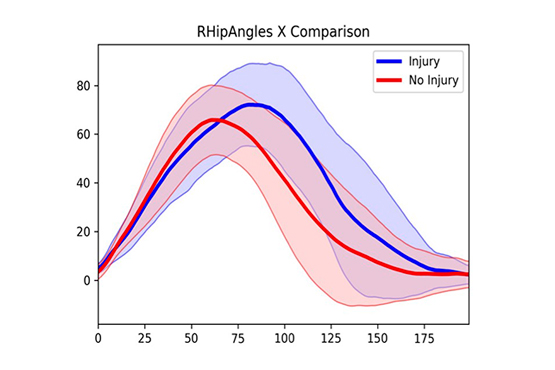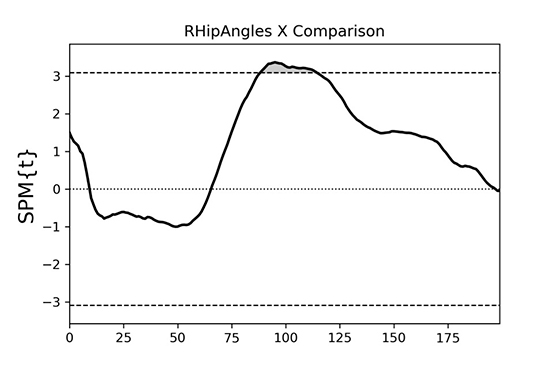Background
Musculoskeletal injury (MSKI) is an increasingly severe concern for our military, affecting 800,000 service people annually. MSKIs are responsible for up to 75% of the medically nondeployable military population and nearly 20% of all work-time lost. Non-battle MSKIs are the leading cause of injury, limited duty days, and disability in the U.S. military’s active-duty population. Additionally, approximately 80% of disability-related discharges within military recruits’ first year of service are a direct result of MSKI. The United States Air Force (USAF) Special Warfare Training Wing (SWTW), located at Joint Base San Antonio - Lackland, has invested heavily in injury prevention programs, but the efficacy of these programs is currently unknown. The SWTW has been collecting a variety of data on incoming Battlefield Airmen (BA) candidates during a newly developed SWTW preparatory (PREP) course to develop screening tools to identify PREP students who may be at increased risk of MSKI. The SWTW has invested significantly in a commercial markerless motion capture system to provide proprietary musculoskeletal injury “vulnerability scores.” However, internal USAF analyses have identified significant shortcomings related to the commercial system, which has been shown to have poor reliability. The commercial system-supplied “MSKI vulnerability scores” have been shown to have no relationship to future candidate musculoskeletal injury.
Approach
The objectives of this project were twofold: 1) quantify the accuracy and reliability of the SwRI markerless motion capture system using existing Air Force Battlefield Airmen video capture hardware and 2) to quantify its ability to prospectively determine biomechanical differences between injured and non-injured individuals. Motion capture data was collected for 9 male subjects aged 20-56. The subjects performed a series of movements that correspond to the movement assessments previously used by the SWTW PREP staff. The team also captured time-synchronized video data using a commercial 8-camera video system. The subjects performed a series of movements that correspond to the movement assessments previously used by the SWTW PREP staff. Next, using the SwRI markerless motion capture system to process archived USAF SWTW PREP video data, baseline biomechanical movement trajectories were determined for 303 USAF SWTW PREP across three training classes performing a series of predetermined movements. Statistical parametric mapping (SPM) was used to analyze baseline biomechanics between students who subsequently reported an MSKI during PREP and those who did not.
Accomplishments
Significant differences in pre-PREP baseline lower limb biomechanical movement patterns were detected between students who subsequently reported an MSKI and those who did not. The use of SwRI markerless motion capture technology and advanced data analysis methods has significant potential to identify individuals who are at risk of MSKI during military training and potentially identify underlying mechanisms contributing to increased MSKI. Using this information, modifications to training programs can be recommended that have potential to minimize SWTW trainee attrition due to MSKI.

Figure 1: Hip joint biomechanical movement patterns between injured and non-injured groups.

Figure 2: Statistical differences in hip joint motion between injured and non-injured groups (the shaded region above the dashed threshold line indicates the region of the movement that is statistically different between groups).

